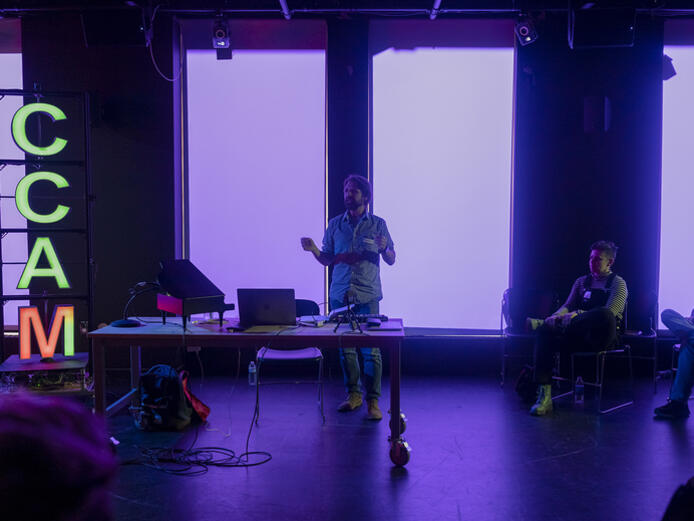Ultra Space

Ultra Space is a CCAM research project that was born out of a School of Architecture course co-taught by CCAM Director Dana Karwas and MIT Space Exploration Initiative Director + Aurelia Institute CEO Ariel Ekblaw.
Ultra Space research probes how we see, inhabit, interact with, and understand space. Through Ultra Space- we engage critical, transdisciplinary inquiry into our unfolding sci-fi space futures. Culture & creativity play a vital role in our evolution as interplanetary creatures—how can we work together to mold this new era? What are our responsibilities as stewards of the Anthropocosmos?
Each year, Ultra Space, in collaboration with the Yale School of Architecture and the MIT Space Media Lab, teams up to send students on a Zero-G parabolic flight to activate and test their space designs ranging from wearable space architecture to meaningful artifacts.
For more information, visit: yaleultra.space
Photo credit: Andina Clarkson